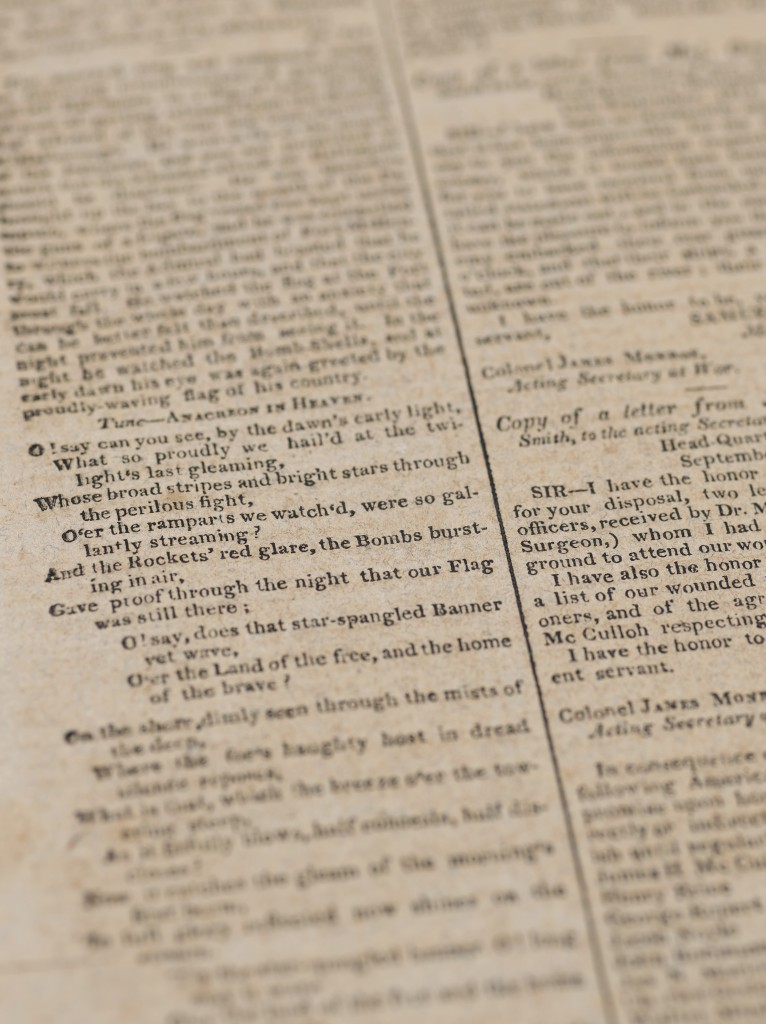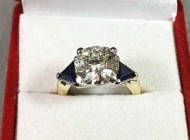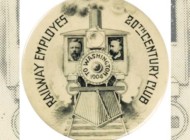NEW YORK CITY — With proceeds to benefit the American Antiquarian Society’s collection acquisition fund, a new world auction record for a Nineteenth Century newspaper was set on June 18 as the first dated printing of “The Star-Spangled Banner” achieved a total of $325,000 on Christie’s online sale platform. The buyer is private collector David M. Rubenstein.
This rare newspaper printing was the first to appear at auction and was available for online bidding from June 2-18, as part of The Open Book: Fine Travel, Americana, Literature and History in Print and Manuscript auction during the Classic Week series of sales.
Peter Klarnet, senior specialist, books and manuscripts, remarked, “This extremely rare issue of The Baltimore Patriot & Evening Advertiser is one of three copies confirmed in existence—two of which are held by the American Antiquarian Society. We’re thrilled with the result of the sale of this duplicate issue from the society’s extensive holdings, especially knowing that the hammer proceeds will benefit their collections acquisitions fund critically important collecting mission.”
The September 20 issue of the Baltimore Patriot is significant, added Klarnet, not only because it bears the first appearance of “The Star-Spangled Banner” in a newspaper, but it also offers a window into the world in which it was written— chronicling the political convulsions of a nation that was bitterly divided over the War of 1812. Indeed, Francis Scott Key was an opponent of the conflict, but despite his misgivings on the wisdom of going to war with the most powerful nation on earth at the time, he would stand with the raw militia that vainly attempted to defend Washington in August, and would celebrate the miraculous victory at Baltimore with what would become the young nation’s official anthem.”
By the autumn of 1814, the tide of the War of 1812 had turned against the United States. For much of that year, British forces ravaged the coast of the Chesapeake Bay, and in August, they took Washington—burning its public buildings, including the White House and the Capitol. Prospects appeared bleak for Baltimore when British forces began moving against the city in early September. The city endured a two-pronged attack by land and by sea and Fort McHenry, guarding the city’s harbor, withstood a 27-hour bombardment.
Francis Scott Key, a 35-year-old lawyer from Maryland, was eight miles away aboard a British naval ship negotiating the release of Dr William Beane, a prominent physician who was taken prisoner. From that vantage point, Key witnessed the spectacular bombardment, and on the morning of September 14, when the British ceased their attack, he saw that the American flag was still flying over Fort McHenry, inspiring him to pen his tribute. The song not only celebrated the victory at Baltimore, it marked a significant turning point in American cultural history: a renewal of American patriotism and the elevation of the American flag as the nation’s most important cultural symbol.
Set to the tune, “Anacreon in Heaven,” a popular English drinking song by John Stafford Smith (1740-1846), “The Star-Spangled Banner” took on a life of its own after the war, and served, together with several other popular songs as one of the nation’s “unofficial” anthems throughout much of the 19th century. In 1931, Congress proclaimed “The Star-Spangled Banner,” the official national anthem.
Founded in 1812 by printer Isiah Thomas in Worcester, Mass., the American Antiquarian Society is one of the oldest learned societies in the United States. It’s primary mission is to collect, preserve and make available material printed in what became the United States from the seventeenth century through 1876.
For information, 212-636-2000 or www.christies.com.





